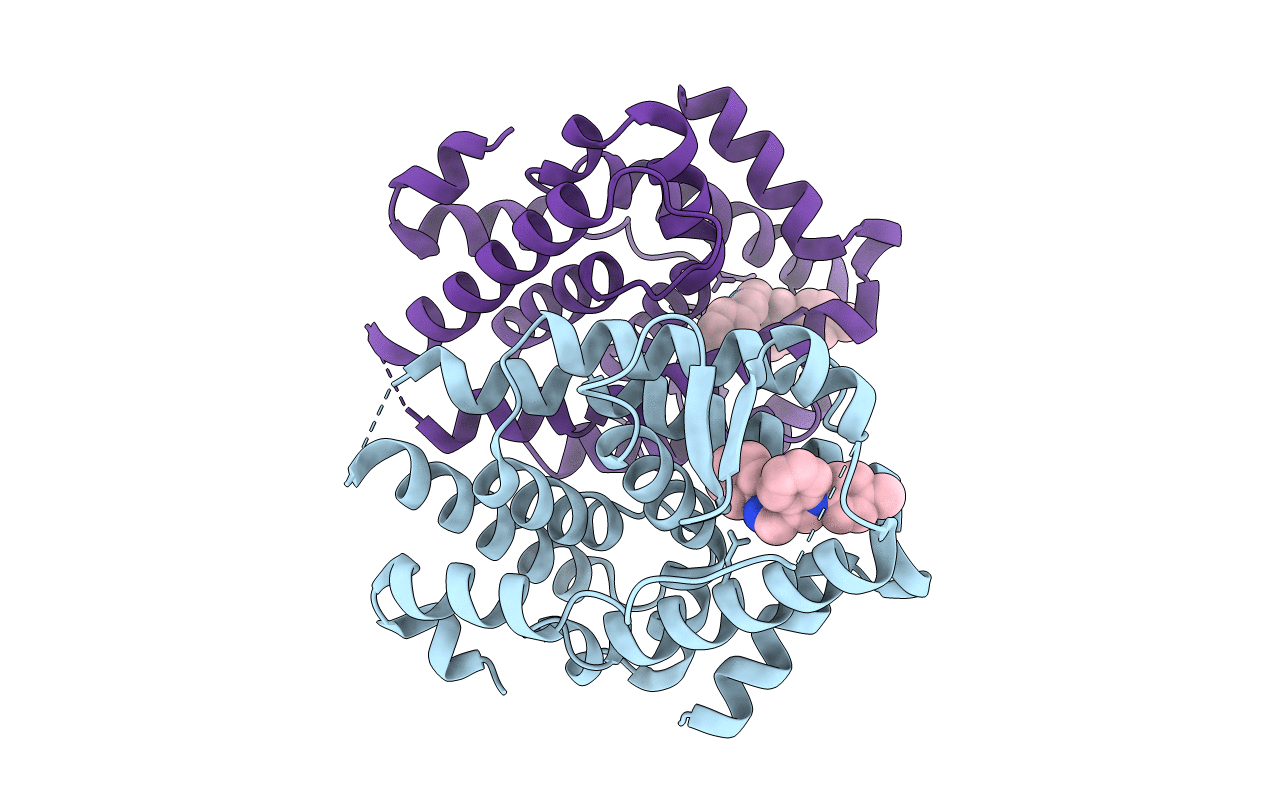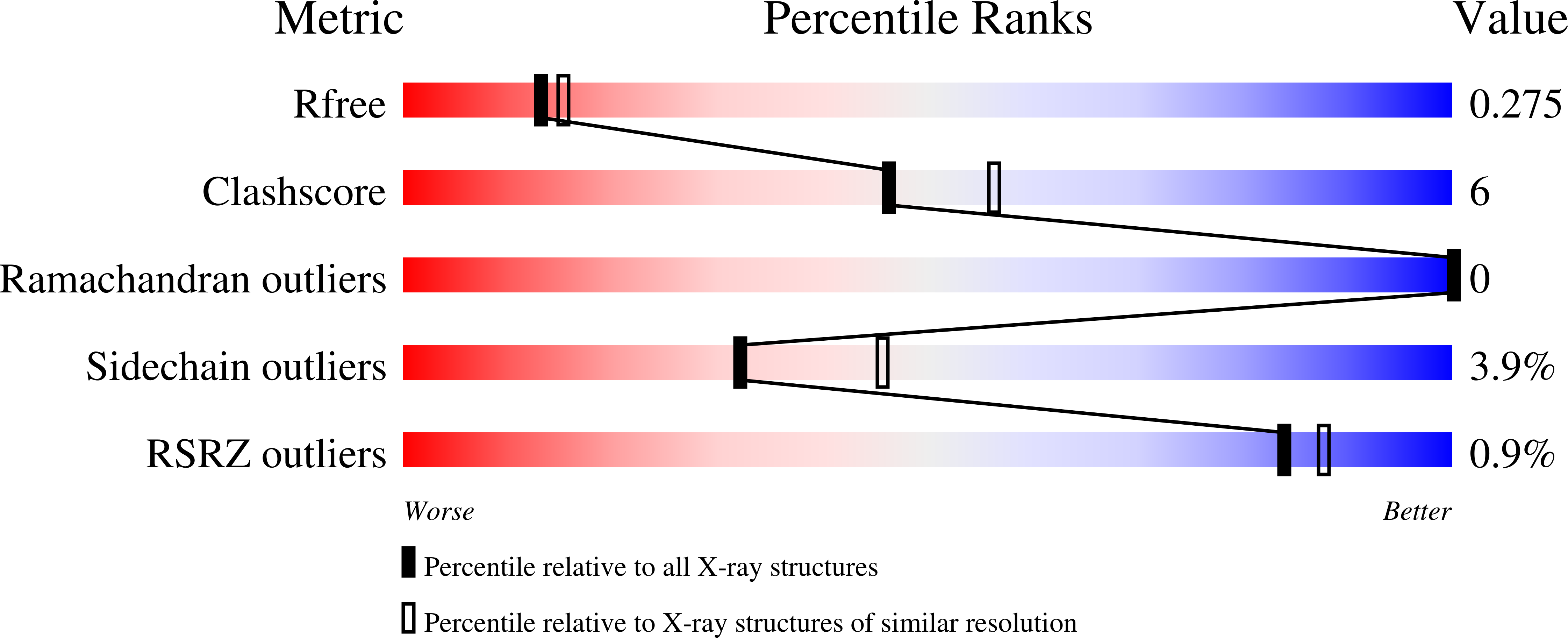
Deposition Date
2007-04-16
Release Date
2007-06-12
Last Version Date
2023-08-30
Entry Detail
PDB ID:
2PJL
Keywords:
Title:
Crystal Structure of Human Estrogen-Related Receptor alpha in Complex with a Synthetic Inverse Agonist reveals its Novel Molecular Mechanism
Biological Source:
Source Organism:
Homo sapiens (Taxon ID: 9606)
Host Organism:
Method Details:
Experimental Method:
Resolution:
2.30 Å
R-Value Free:
0.28
R-Value Work:
0.21
R-Value Observed:
0.22
Space Group:
H 3


